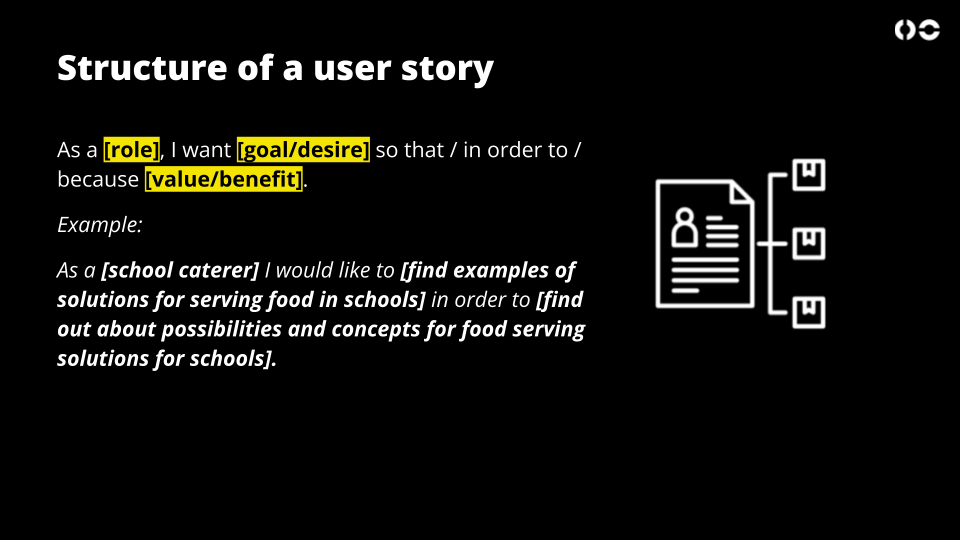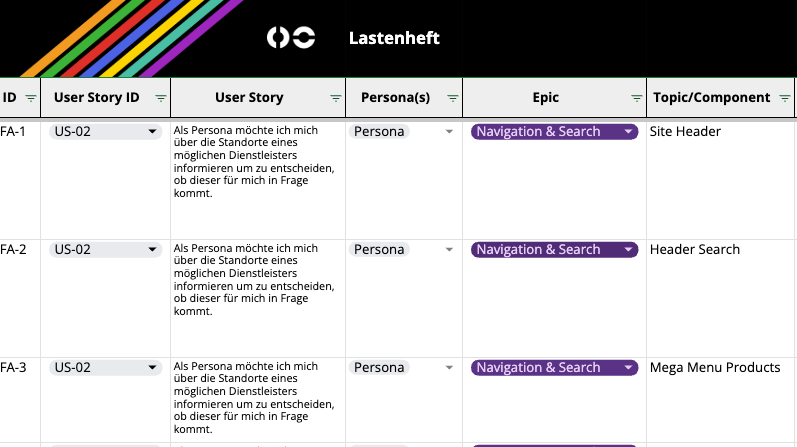Requirements Engineering: the basis for successful digital projects
- Reduced risk thanks to clearly defined requirements
- Time and cost savings through effective requirements management
- Efficient work through a common understanding of project goals
Why Requirements Engineering?
Every successful digital project begins with a clear and well-founded definition of requirements. Requirements engineering is the process we use to translate the expectations, needs and goals of users and stakeholders into clear and feasible requirements. This ensures solid requirements management and avoids the risk of undesirable developments and rising costs.
Your benefits at a glance
Risk reduction
Clear requirements minimize later changes and unexpected complications.
Increased efficiency
Well-defined requirements management saves time and costs in the development process.
Increased quality
Precise requirements result in powerful, user-centered digital solutions.
A complete set of specifications as a result
At the end of the requirements engineering phase, a requirements specification is created that documents all requirements in detail and categorized. It contains both the conceptual and technical requirements and describes the acceptance criteria. The requirements specification serves as the central basis for further development and ensures that everyone involved has a common understanding of the project, making it an essential tool for the management and quality assurance of your digital project.
This is how we proceed:
1.
Joint workshop
Together we look at existing information and work on identifying requirements from the perspective of the appropriate target groups.
2.
Creating user stories
We work with user stories, which are a central component of agile projects, and help to describe requirements from the user’s perspective.
3.
Derivation of criteria
Next, we add acceptance criteria from the user stories, from which we can derive specific requirements. We differentiate between conceptual and technical requirements.
4.
Documentation
At the end of the requirements engineering phase, a requirements specification is created that documents all requirements in detail and categorized.
5.
Time and cost
Precise time and budget planning can be compiled based on the specifications.

